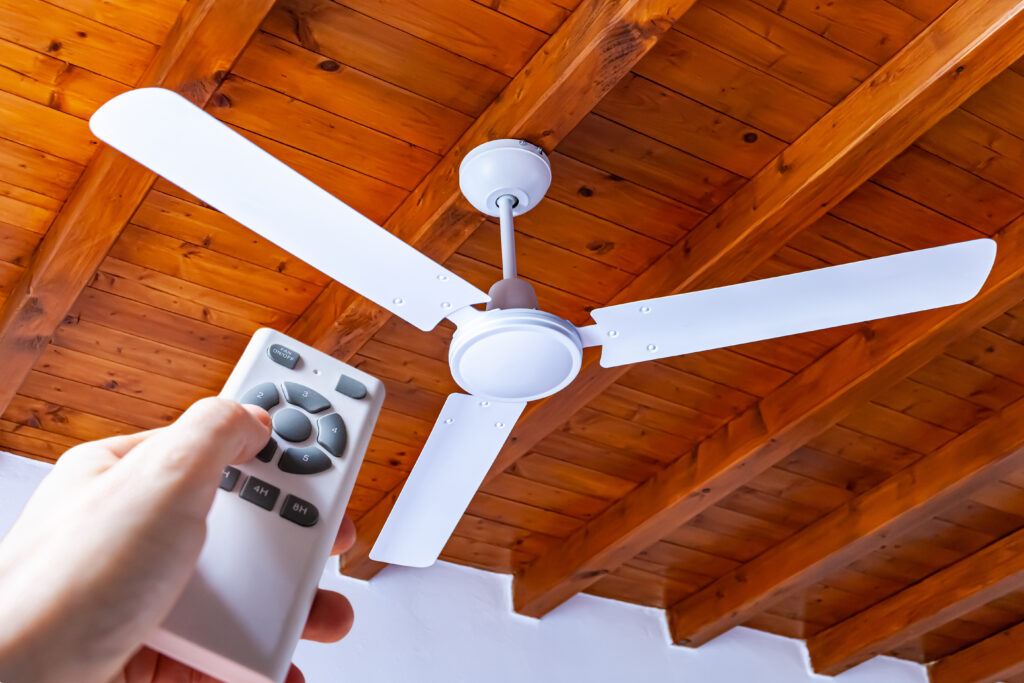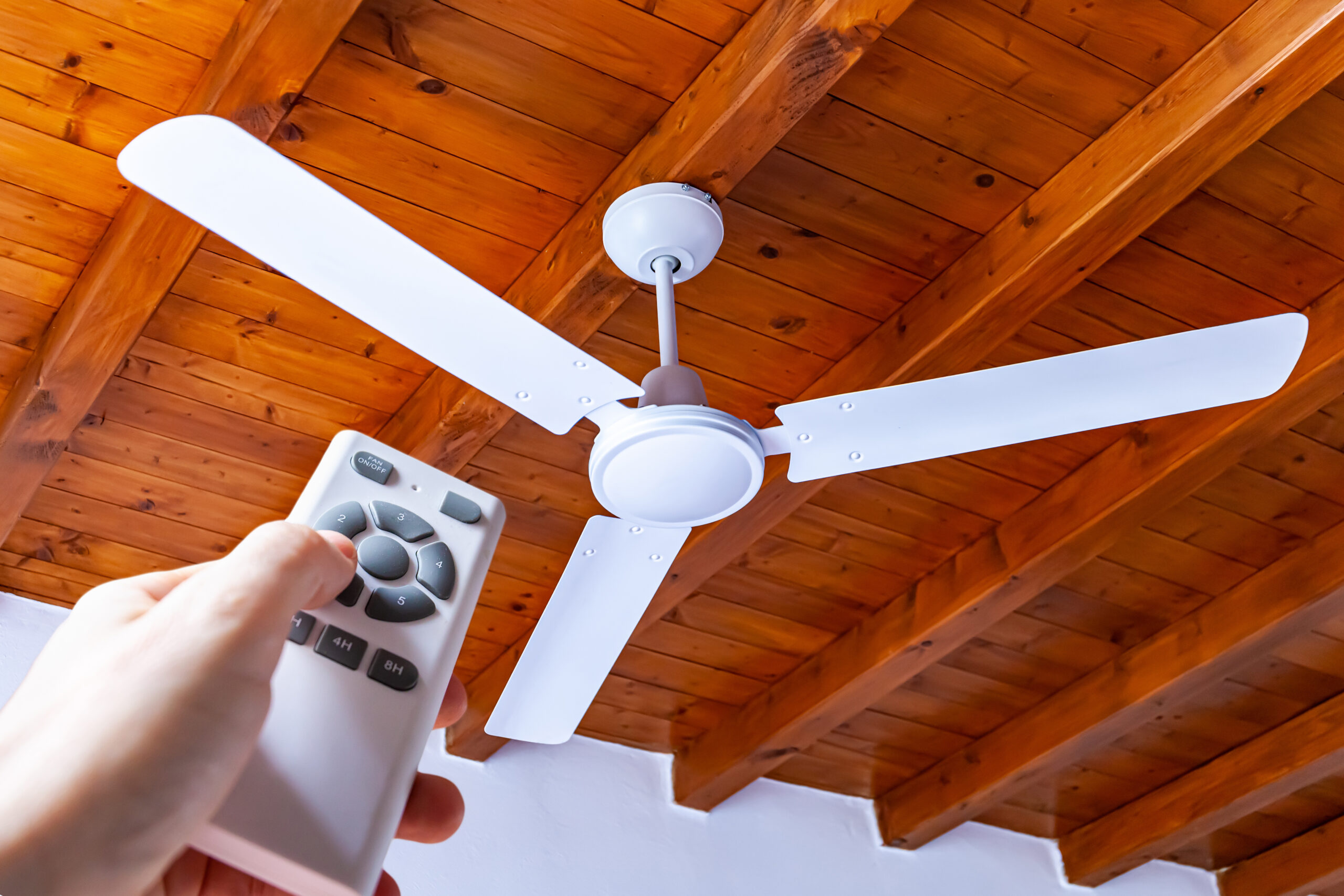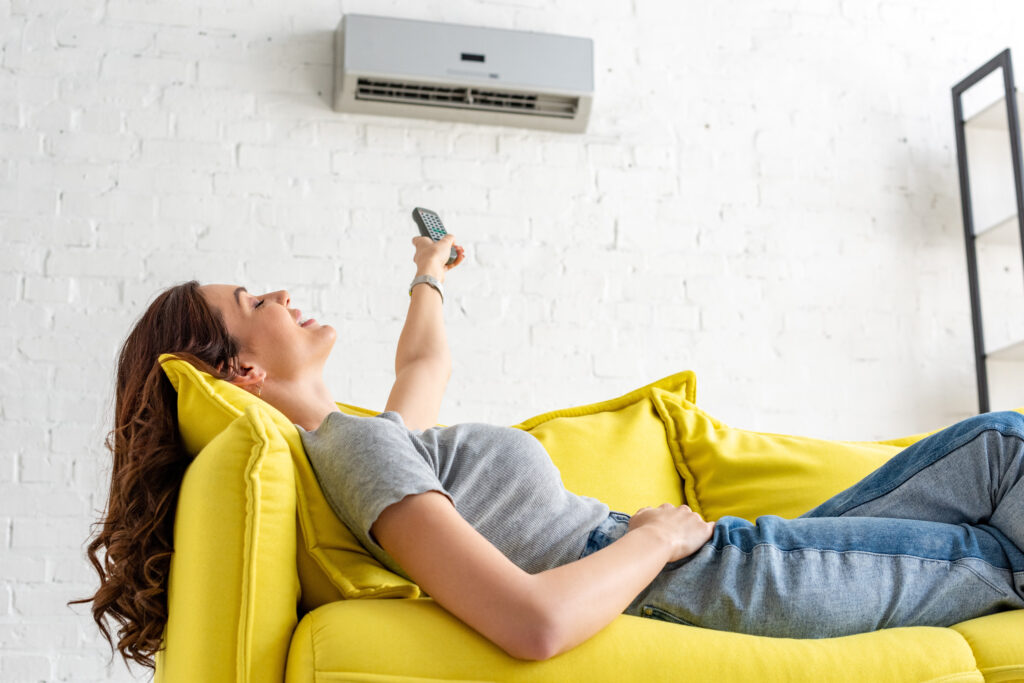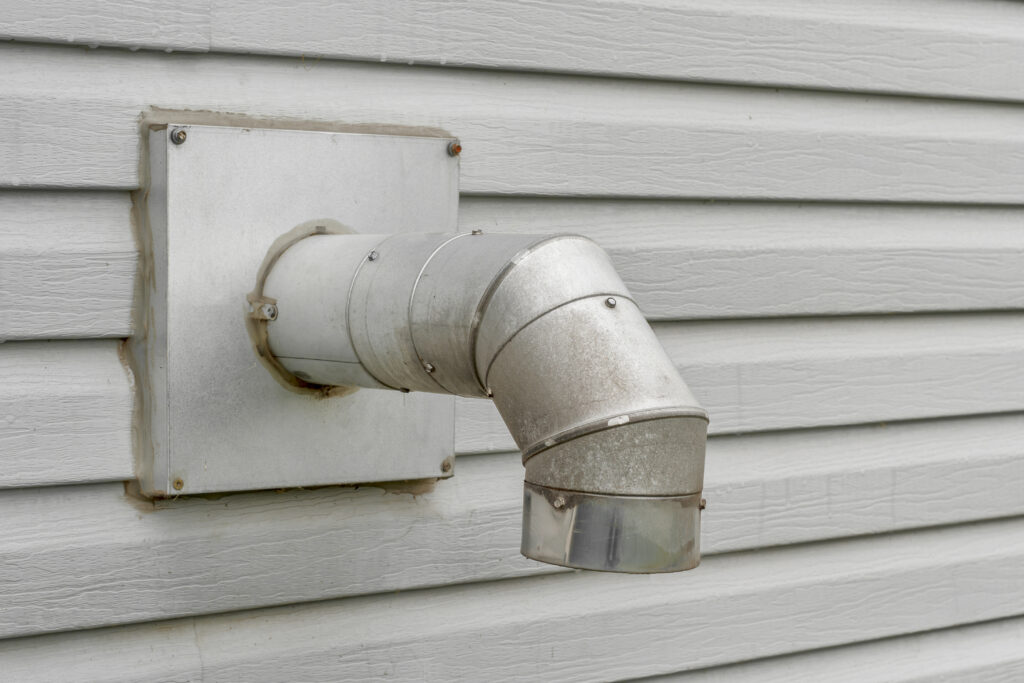Why Your Ceiling Fan’s Direction in Winter Actually Matters: A Homeowner’s Guide
Let’s talk ceiling fans. Yeah, the thing hanging from your ceiling that you probably only appreciate in July when your AC is losing the battle against summer. But surprise—it’s actually a year-round energy saver (if you know how to use it). There’s an unsung secret in your home right now, quietly spinning or maybe turned off, that could help you save money and keep your family more comfortable all winter long. It all comes down to which way your ceiling fan is spinning. This post is going to break down what you need to know, how it works, and what those small blades have to do with your heating costs—and your home warranty, trust me, it’s all pretty connected if you lean in.
Understanding Ceiling Fan Direction for Winter
Alright. Let’s get this out there: in the winter, your ceiling fan should spin clockwise at a low speed. That’s the golden rule. Why? Because warm air rises. You pay all that money to heat your home, and then that warmer air lingers up near the ceiling while your toes stay frosty. A clockwise-spinning fan—on low—pushes that warm air gently down the walls and back toward the floor without creating a noticeable breeze.
This creates better air circulation and lets your heating system take a bit of a breather. If your thermostat isn’t working overtime trying to keep the bottom half of your house warm, your HVAC system isn’t aging itself into an early warranty claim. That’s better for your home and better for your wallet. If you’re wondering about how totally normal fans can help manage your whole home’s climate? Yes, yes they absolutely can. And here’s how.
How a Ceiling Fan Works with Your HVAC System
Let’s zoom out for a sec. Most homes rely on some form of forced-air heating. Whether it’s a gas furnace or a heat pump, your heating system adds warm air to the rooms. But like we already said, that delicious warm air goes up, not down. That’s just physics. So without a ceiling fan moving that air, your heat’s not really distributing efficiently. You end up with hot-and-cold zones, cranky thermostats, maybe even family arguments over who gets the blanket. Enter your fan: by reversing its direction in winter, it aids your HVAC system and reduces its load. That means less wear on system components like the blower motor or heat exchanger, which, yep, are expensive and often some of the first parts to fail if your heating system is humming non-stop through cold months.
Understanding how your fans and heating system play together is a seriously underrated homeowner move. Smart airflow can extend the life of your HVAC system and reduce potential warranty claims. In fact, it kind of just makes you look like the genius of the block. No cape required.
Signs Your Fan Is Spinning the Wrong Way
So you’re standing under your fan, slightly confused, remote in hand—how do you even know what direction it’s going? Easy: stand directly beneath it. If the fan is spinning clockwise and you don’t feel air blowing down on you, it’s in winter mode. If it’s spinning counterclockwise and you feel a breeze, that’s summer mode. Simple trick: if your hair’s moving while you’re under your fan in the middle of January, it’s going in the wrong direction.
Also, there should be a switch on the base of the fan’s motor housing—slide it once a season to adjust the direction. Just, heads up, turn the fan off before flipping that tiny switch or things could get… twisty. And always restart it on the lowest speed. Higher speeds in winter ruin the whole vibe and make it drafty, which no one wants during cocoa season.
Pros and Cons of Using Ceiling Fans in Winter
Okay so let’s be real: nothing is perfect. Ceiling fans in winter? Mostly good, but yeah, there are a couple details worth noting. The upside—it’s cost-effective and energy-smart. It could help reduce your heating bill by up to 15%, according to the Department of Energy. Plus, it adds life to your furnace because you’re not asking it to carry the whole warming-the-house load alone.
On the flip side though, if your fan isn’t installed properly, isn’t balanced, or worse, you forget and set it on full speed clockwise in the winter, things can get uncomfortable. We’re talking swirling pet hair tornadoes, or just plain ol’ room dizziness. Also, if someone in the family has allergies, ceiling fans can kick up dust if they’re not cleaned regularly—so, guess what, you’re now in charge of dusting the blades. But hey, it’s a high-reward-low-effort task during football commercial breaks.
Optimizing Other Areas of the Home for Winter
Of course, ceiling fans aren’t operating in isolation. If your windows are drafty, doors don’t seal well, or your insulation is a mess, you’re putting a band-aid on a leaky boat. Combine good airflow with solid weather-proofing. That means sealing window gaps with foam or caulk, adding thermal curtains, checking insulation levels in the attic, and possibly installing a programmable thermostat that doesn’t go rogue (like mine did last year… still not over that).
The more temperature-stabilized your home is, the less your HVAC system cycles, and guess what that means—fewer breakages, fewer shocks during your electric bill review, and longer life for your essential heating components. If you’re covered by a home warranty, think of it as making your systems work smarter, so you don’t have to file a service claim for a burned-out blower mid-January when everyone—and I mean everyone—is calling their warranty provider.
Knowing What Your Home Warranty Covers
Speaking of which—this is where things get serious. Ceiling fans might not top your list of things to protect under a home warranty, but they should be inspected and understood as part of your home’s comfort system. Your fan usage habits affect the longevity of your HVAC equipment, and your HVAC system is one of the top three most common home warranty claims. Some home warranties cover ceiling fans (not all, so check your plan), but almost all plans cover the HVAC system, which fans directly support. Strategic fan use isn’t just practical—it’s preventative. It saves your systems and reduces the odds of mid-winter breakdowns. Think of it all as a soft insulation blanket wrapped around your budget and peace of mind.
Why Armadillo Is the Smart Move for Homeowners Who Get It
So here’s the deal. Learning stuff like ceiling fan direction isn’t just trivia—it’s part of owning your home like a boss. At Armadillo, we’re not just in the business of showing up when something breaks (although, we do that incredibly well). We’re in the business of helping homeowners live smarter. Our home warranty plans are designed for people who pay attention to the little stuff—like airflow—and want systems that work, worry-free. We bring real-life coverage to real-life living. Whether your furnace needs support after years of overwork or your next ceiling fan upgrade goes sideways, we’ve got it covered.
Check out how we’re flipping the home warranty industry on its head by visiting armadillo.one. Or build your own plan today over at our plan builder. Winter’s not a warning—it’s an opportunity. Get covered before the temperature drops. You’ll thank your ceiling fans later.


























